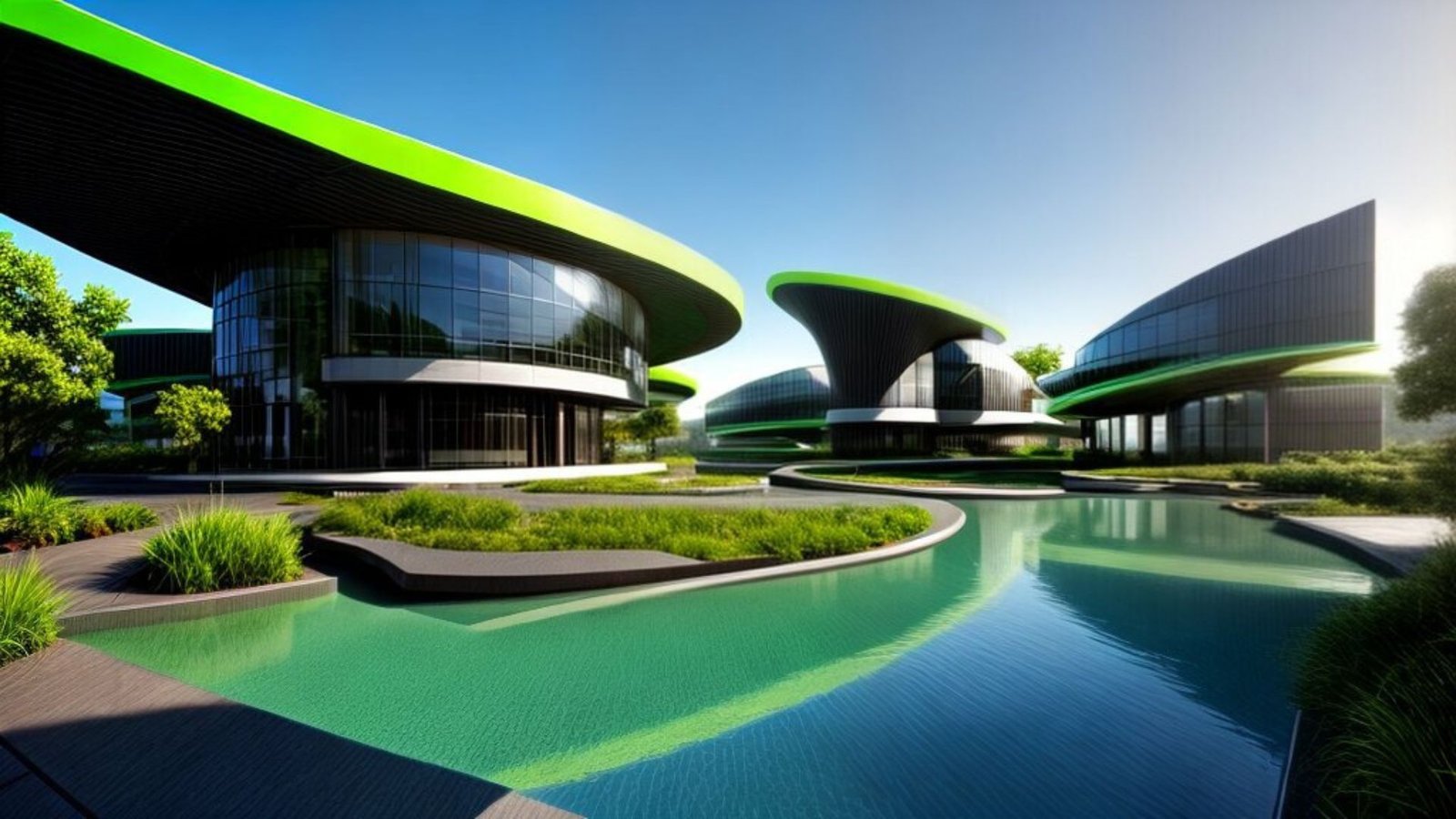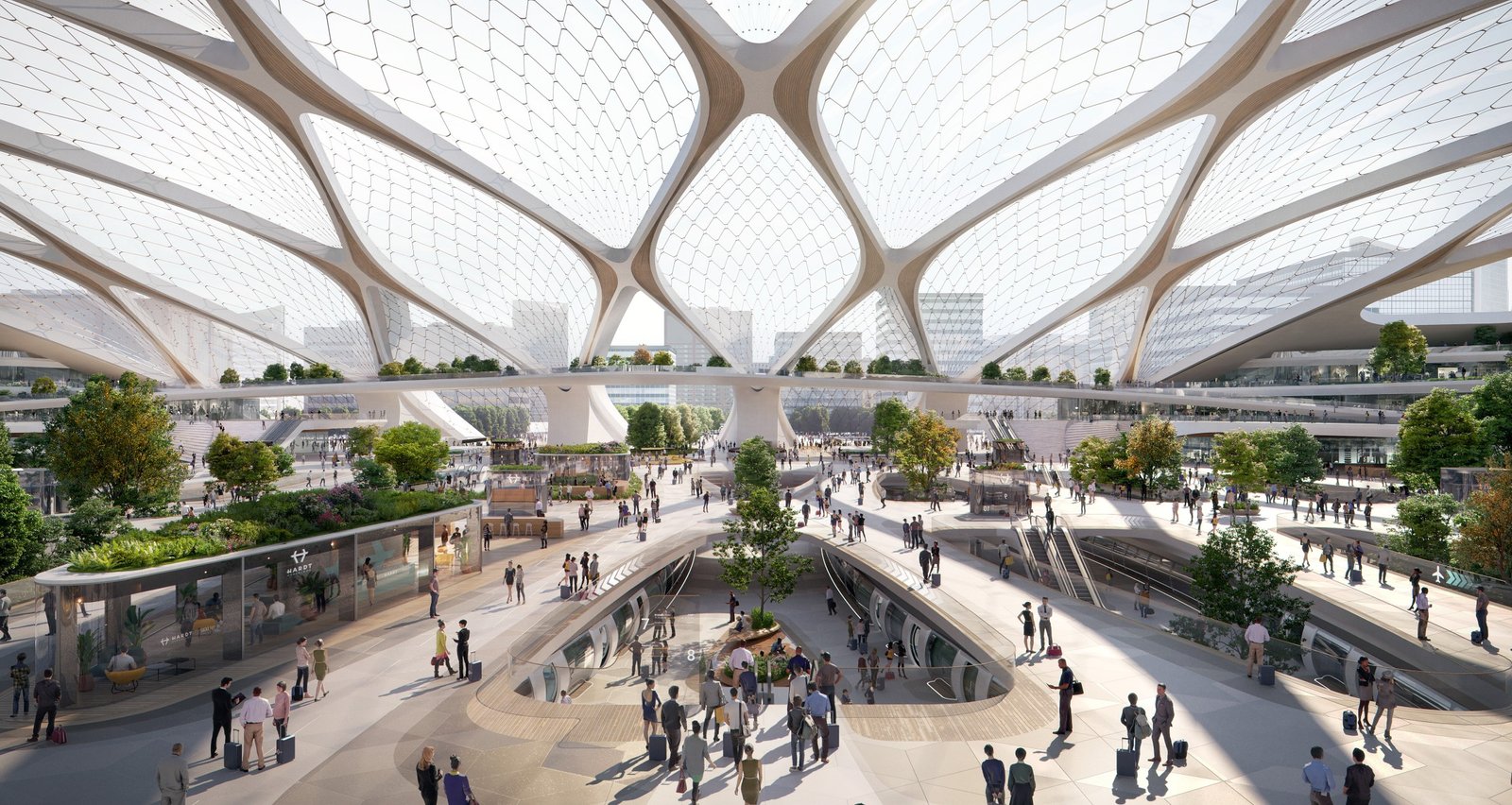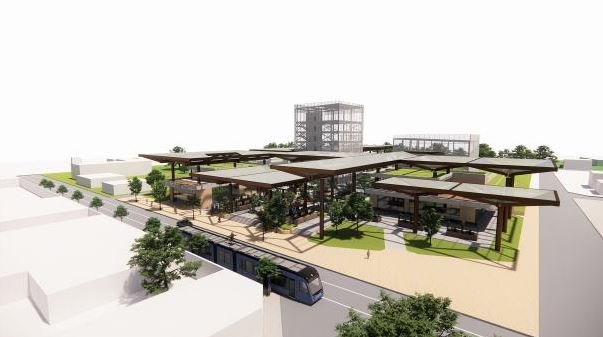Top Innovative Uses of Concrete in Architecture
Have you ever wondered how concrete, that sturdy grey stuff we see everywhere, can be so versatile and exciting in architecture? It’s not just about sidewalks and skyscrapers anymore. Concrete in architecture has taken on a whole new life, pushing boundaries and redefining what’s possible. Let’s take a look at some of the most innovative










